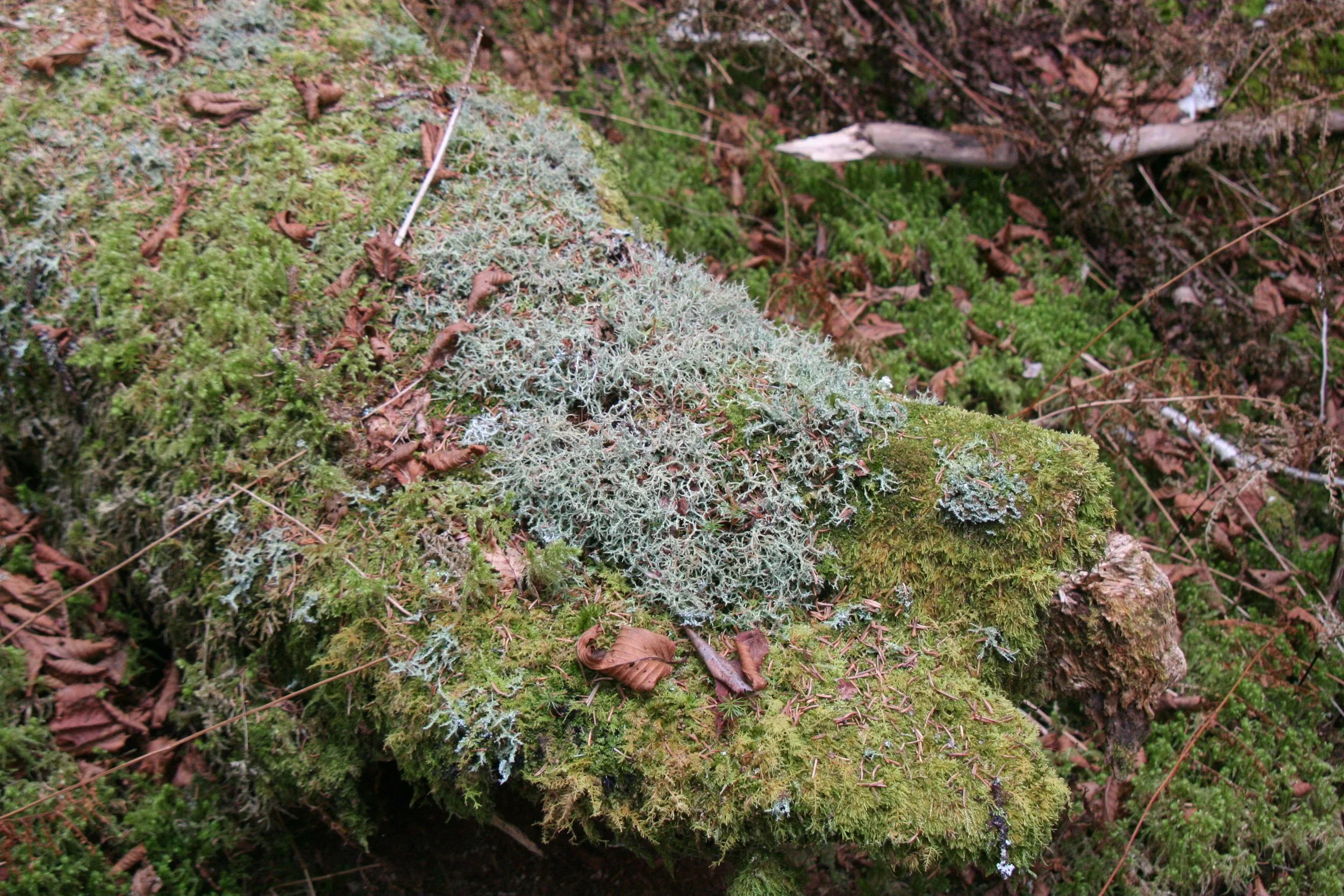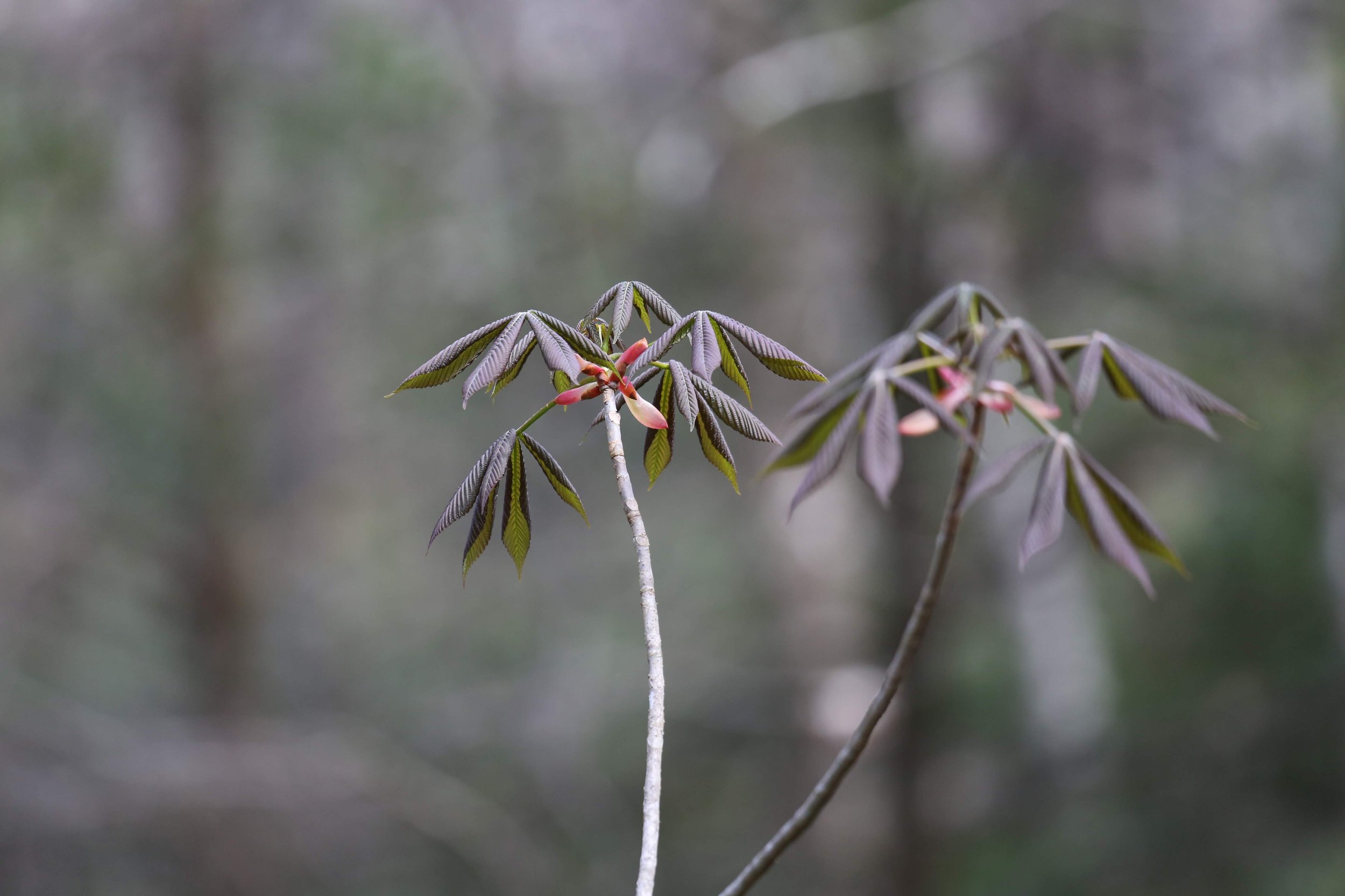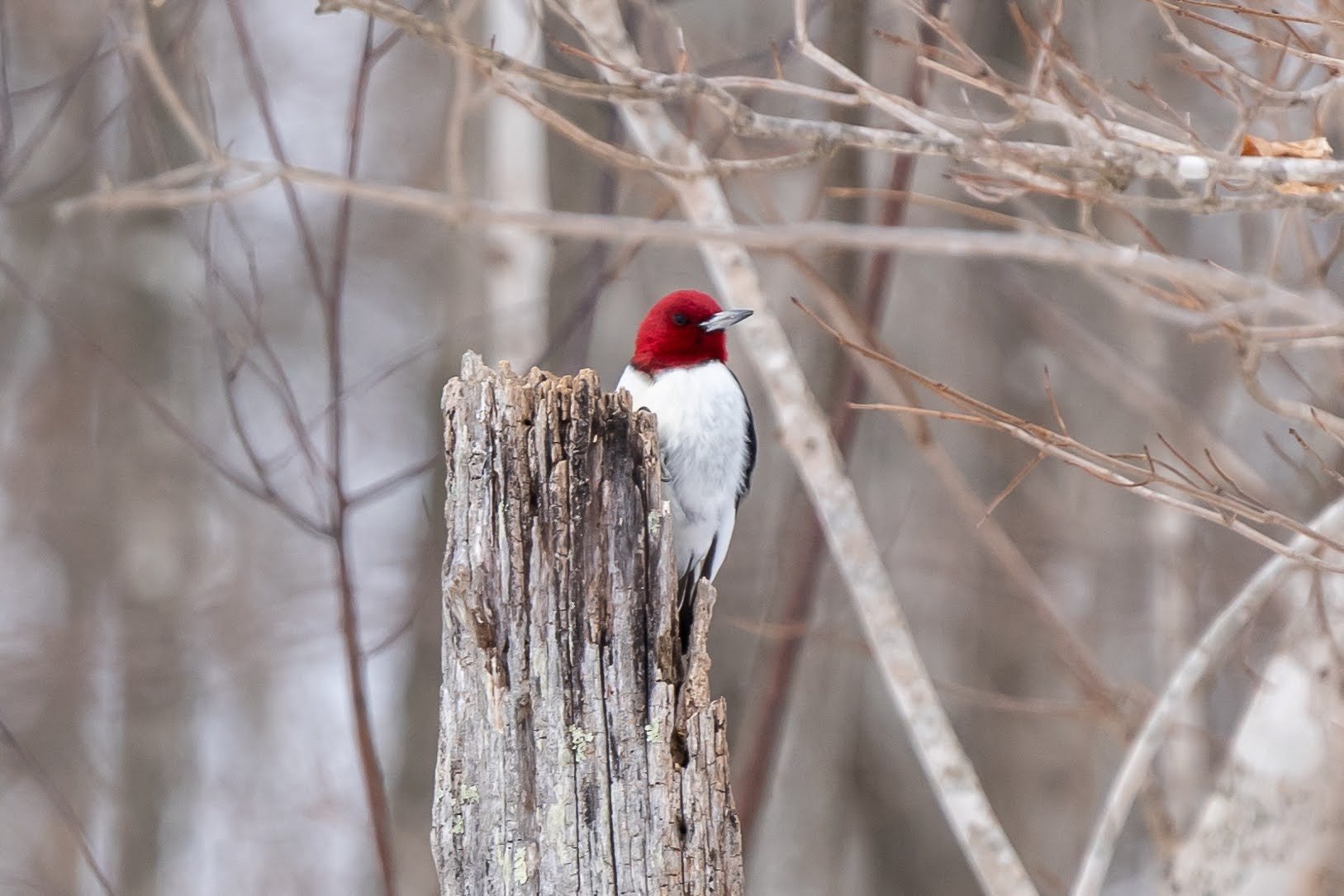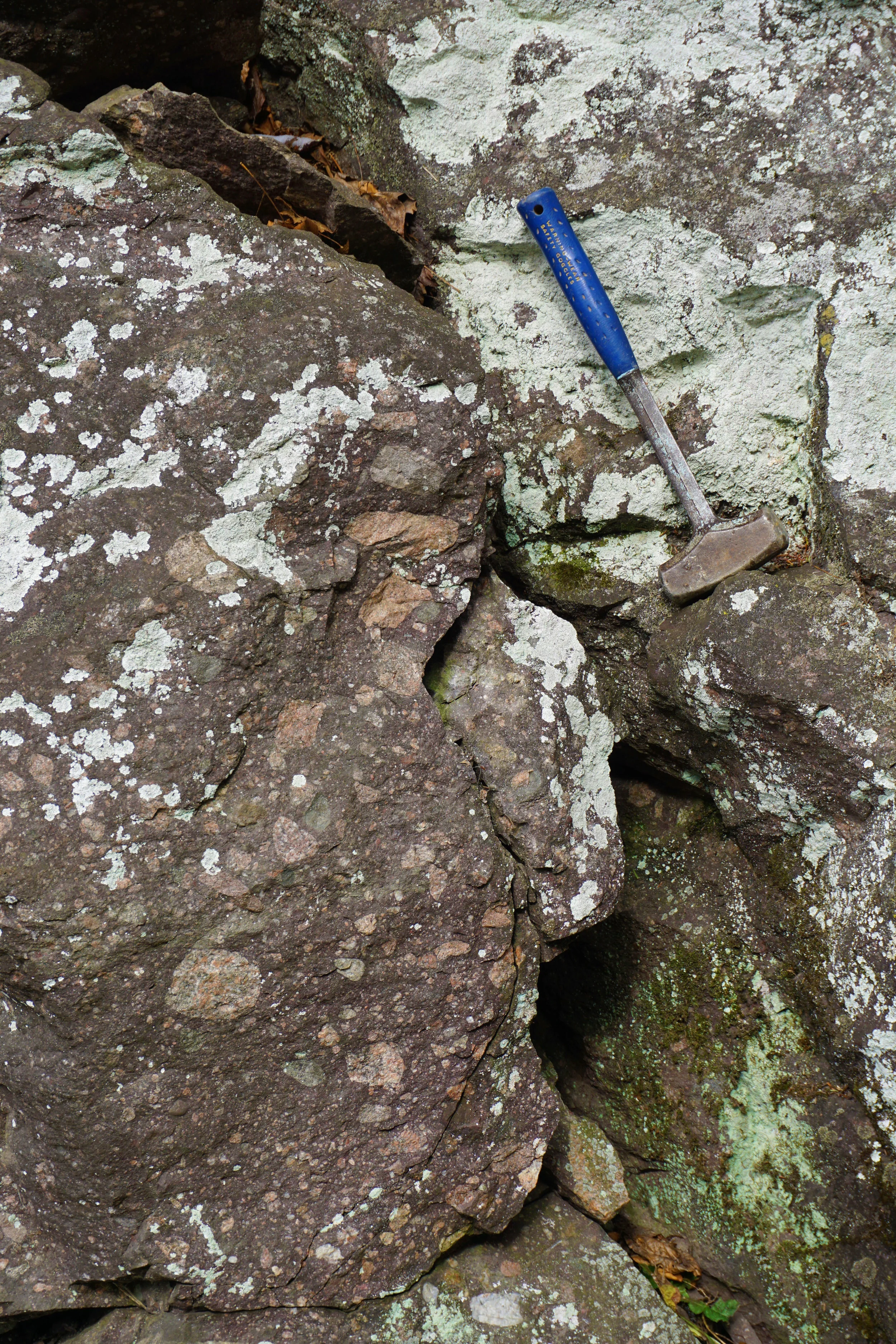

The Lichen Light Show of Mt. Rogers
Tracing the line of interdependence from lichens, to trees that host them, to the squirrels that planted them, and beyond, the entire ecosystem sprawls out through the window of just one tiny, slimy superorganism that clings to the harshest and most unforgiving environments.

It's Fall Rally Time!
The Mount Rogers Fall Naturalist Rally is almost here and we are excited to explore, discover and share!

Mount Rogers Summer Naturalist Rally this August!
Mark your calendars, the Mount Rogers Summer Naturalist Rally is coming up on August 18-20, 2023!

It's Almost Spring Rally Time!
The Mount Rogers Spring Naturalist Rally is almost here and we are so excited to share some of the programs!

Upcoming Events at BRDC!
We have many exciting events coming up in February that we cannot wait!


The Blue Ridge: A Geological Autobiography
If the Blue Ridge could write its own long and complex history, surely it would chisel the words in stone. Fortunately, it did just that. And fortunately, we have a translator in our midst. During our January 2019 Geology Expedition, USGS Geologist Arthur Merschat unraveled the story of the geologic events that left Virginia’s oldest basement rocks exposed for us to access and admire.

Summer Naturalist Rally Celebrates the Ecology of the Blue Ridge
Spectacular weather helped make the 2nd annual Mount Rogers Summer Naturalist Rally a wonderful success. The summer gathering is a great addition to the very successful Mount Rogers Naturalist Spring Rally, held for the last 43 years, giving naturalists an opportunity to observe species that change along with the seasons.

Mt Rogers Spring Naturalist Rally May 12-14!
Three days of exploration & discovery for all ages!
Bring your family and celebrate Mother's Day in the most beautiful place on Earth. There is something for the entire family to enjoy with an expert speaker Friday Night, trips Saturday and Sunday, and nighttime programs at the campground. Topics include salamanders, wildflowers, geology, birding, cultural history, mammals, medicinal plants, natural history and much, much more!

1st Annual Mount Rogers Summer Naturalist Rally
After many years of thinking about a summer season rally, this August we achieved our goal. Gathering at the Konnarock Community Center for a potluck dinner and meet and greet, many new faces joined the familiar for a weekend preview of programs and hikes spanning from Friday night through Sunday morning.

Blue Ridge Expeditions: Mt. Rogers Hike
Saturday was the perfect day for a hike, with a Carolina blue sky, a few puffy clouds and a slight breeze. Ten participants met at Massie Gap for a guided hike to the summit of Mt. Rogers, led by Dr. Phil Shelton and Roald Kirby, program director for Blue Ridge Expeditions. The group was treated to an amazing breadth of knowledge about Mt. Rogers by both Roald and Dr. Shelton.